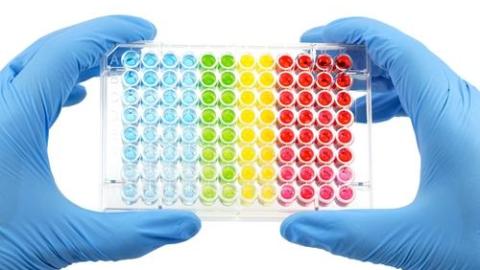New Stem Cell-Derived Cells Could Treat Alzheimer’s

What’s the Latest Development?
Researchers at UC Irvine have created a new stem cell-derived cell type with unique promise for treating neurodegenerative diseases such as Alzheimer’s. The new cells are called choroid plexus epithelial cells, or CPECs, and were created from existing mouse and human embryonic stem cell lines. “CPECs are critical for proper functioning of the choroid plexus, the tissue in the brain that produces cerebrospinal fluid (CSF ). CPECs make CSF and remove metabolic waste and foreign substances from the fluid and brain, among other tasks.”
What’s the Big Idea?
UC Irvine’s Dr. Edwin Monuki said the stem-cell derived cells could facilitate new treatments to help those with neurodegenerative diseases in at least three ways: “First, they’re able to increase the production of CSF to help flush out plaque-causing proteins from brain tissue and limit disease progression. Second, CPEC ‘superpumps’ could be designed to transport high levels of therapeutic compounds to the CSF, brain and spinal cord. Third, these cells can be used to screen and optimize drugs that improve choroid plexus function.”
Photo credit: Shutterstock.com





